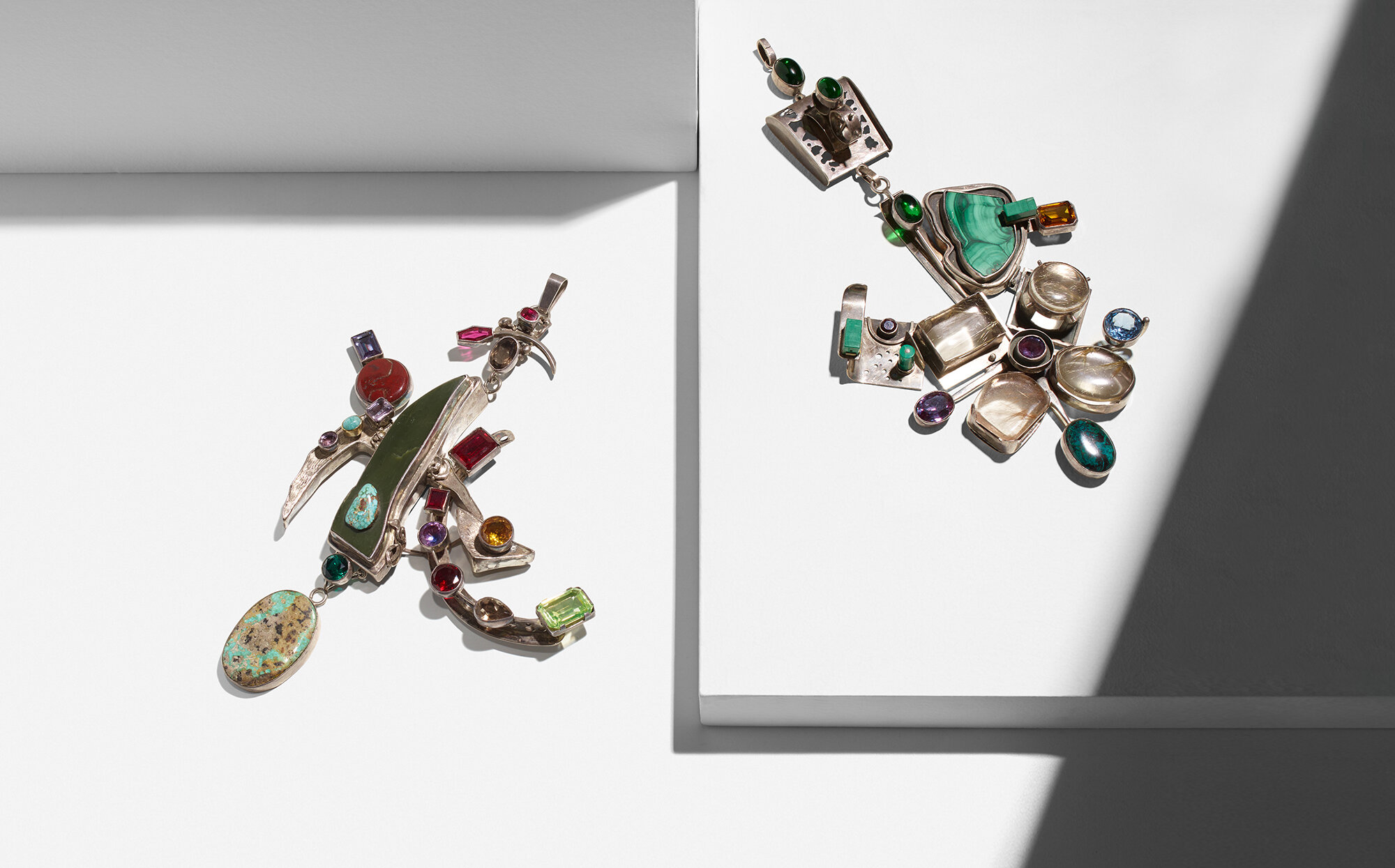153
153
United Kingdom, c. 2005
acrylic resin, aluminum 4¾ h × 1 w × ½ d in (12 × 3 × 1 cm)
acrylic resin, aluminum 4¾ h × 1 w × ½ d in (12 × 3 × 1 cm)
estimate: $7,000–9,000
result: $9,100
follow artist
provenance: Collection of Helen Drutt | Collection of Susan Beech




















